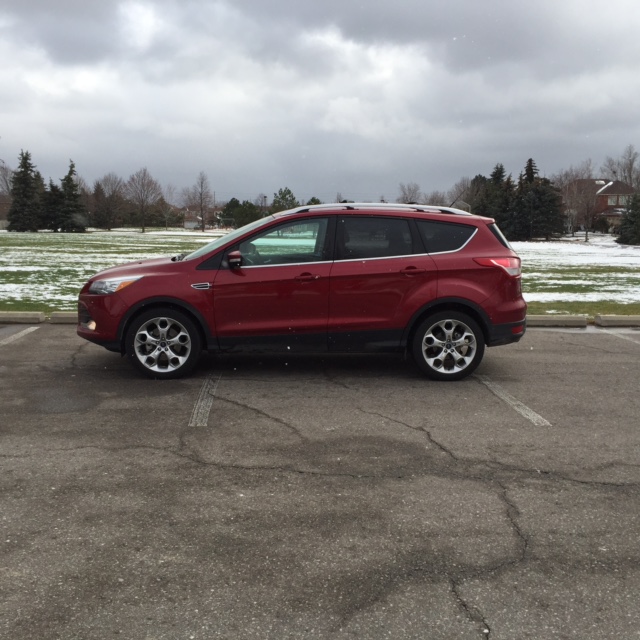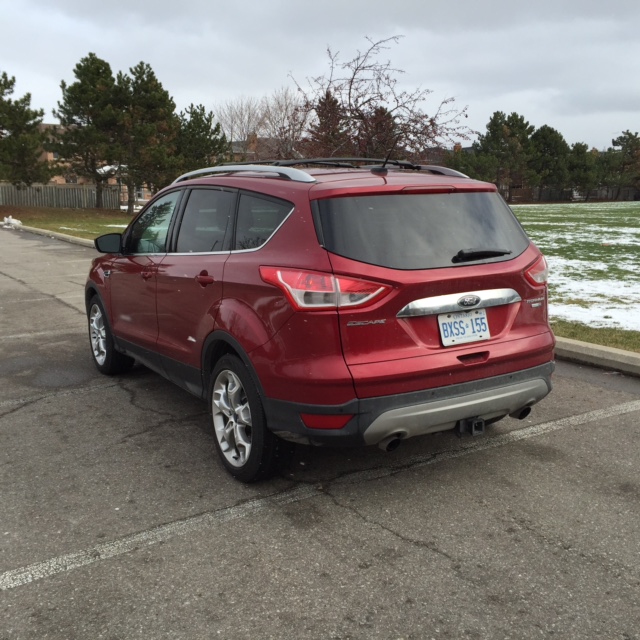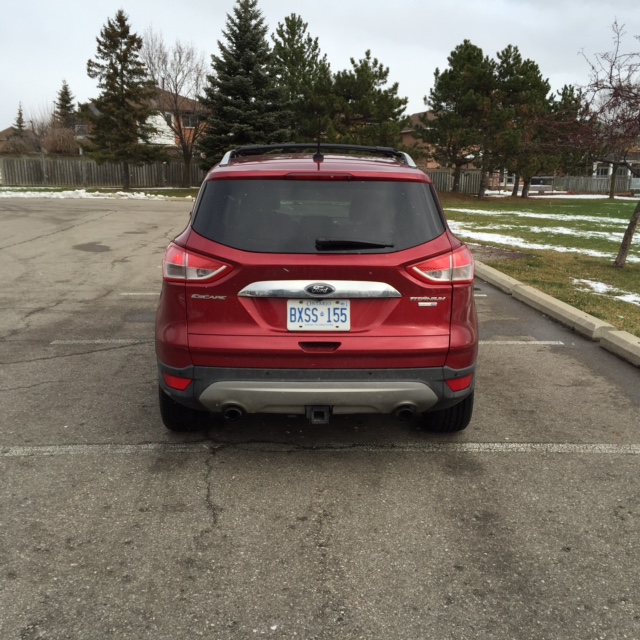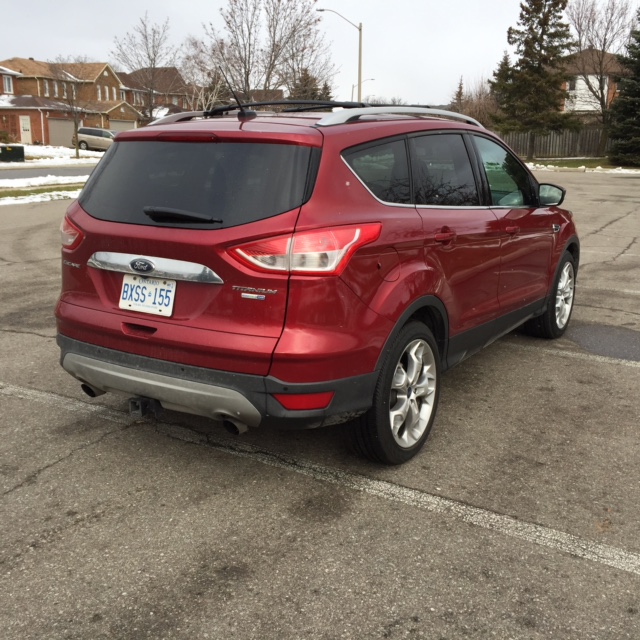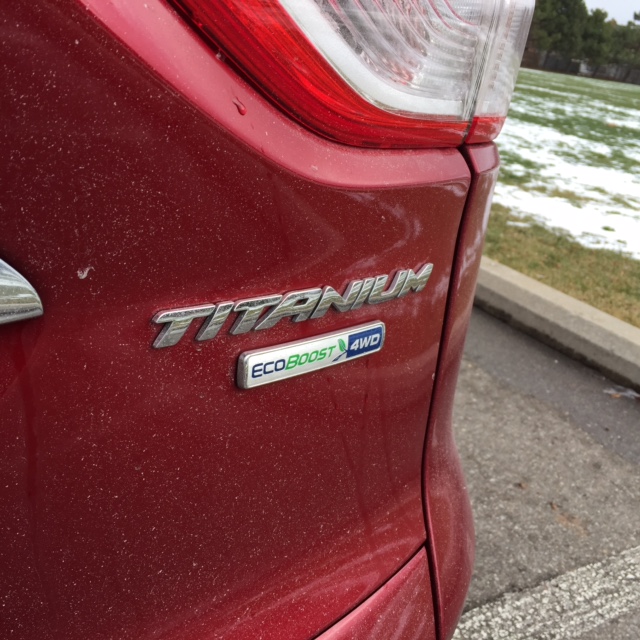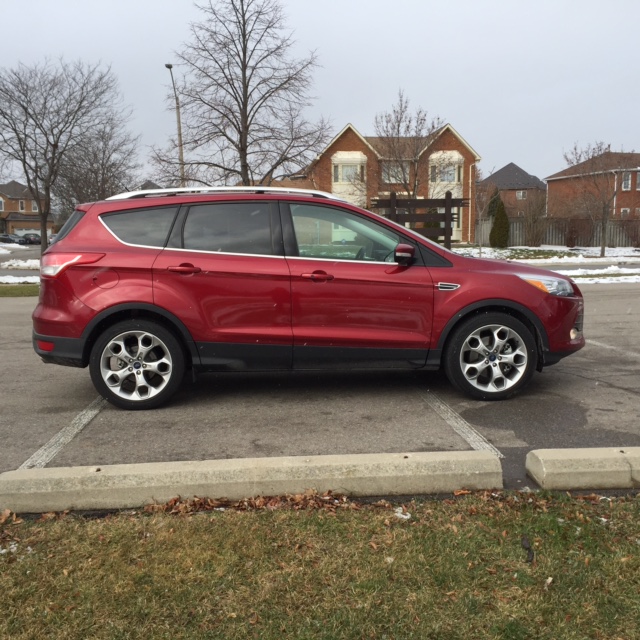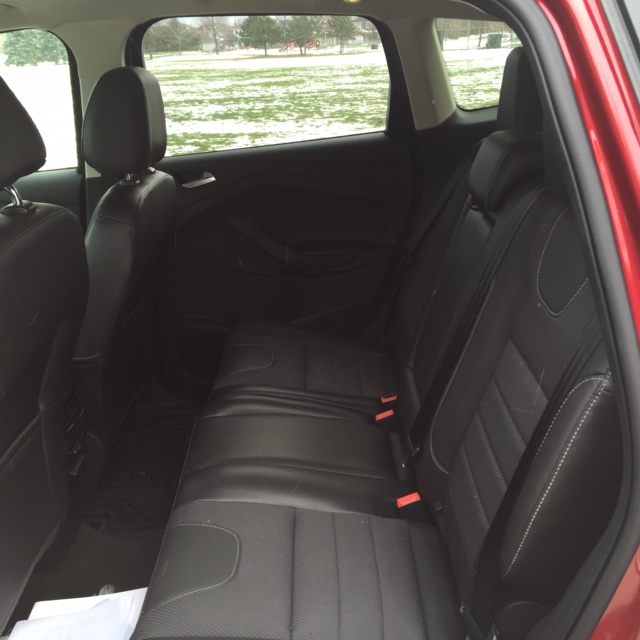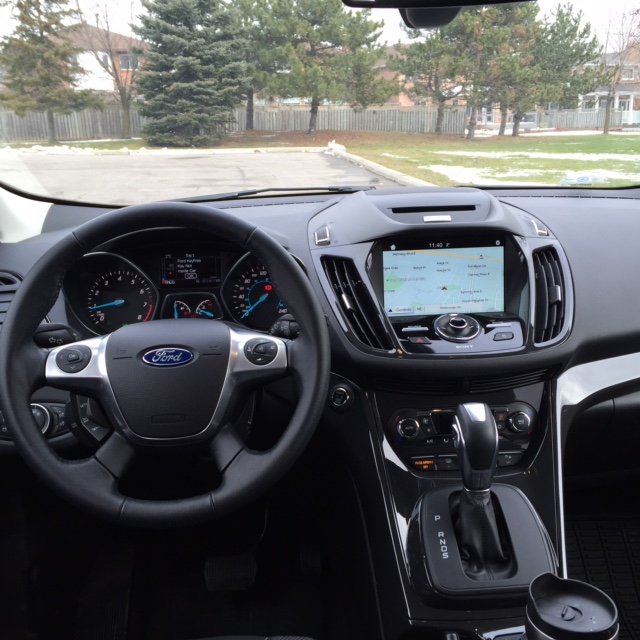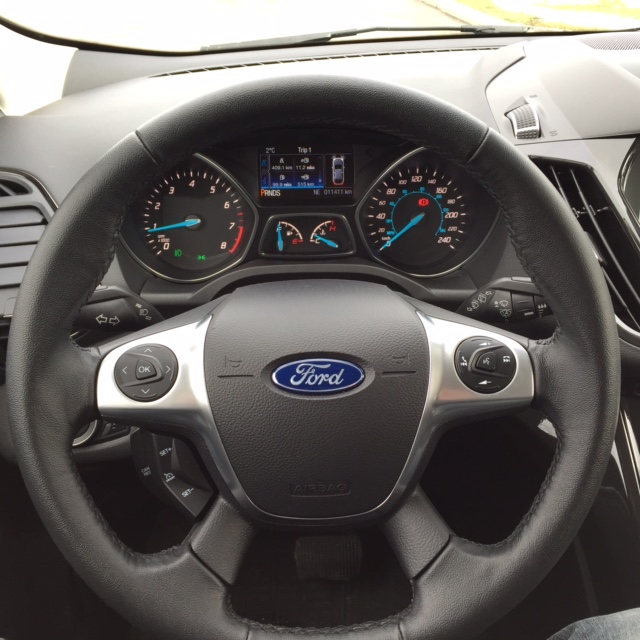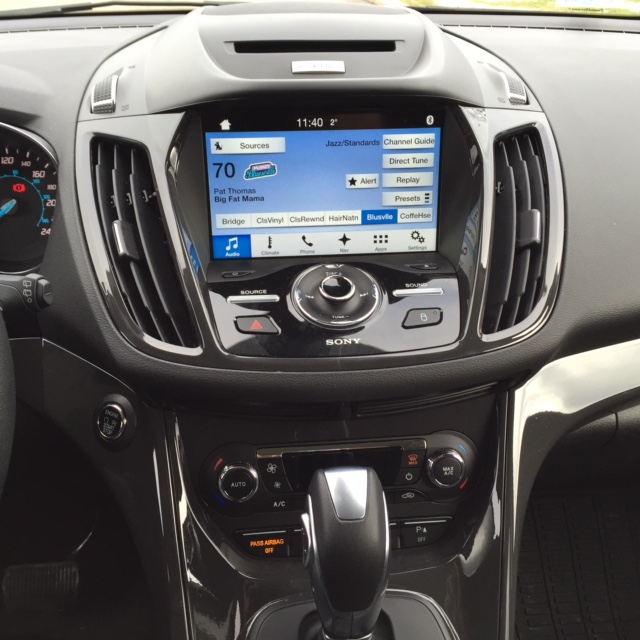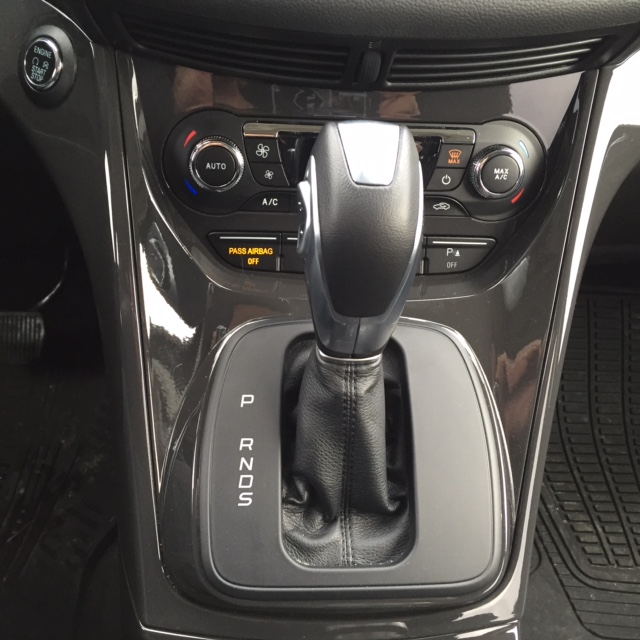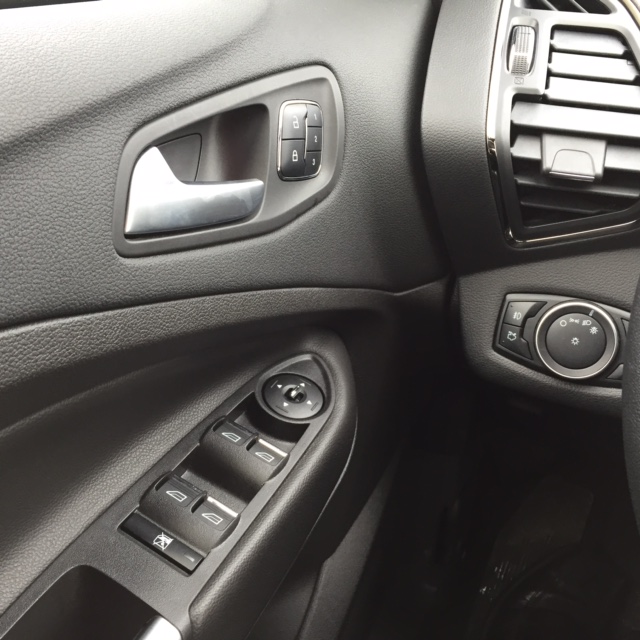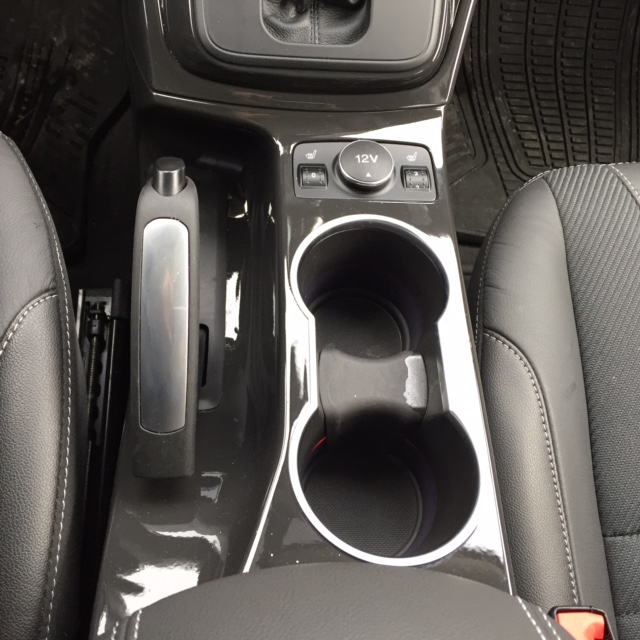Modern Motoring - 2016 Ford Escape
/by Jay Kana
Planning your urban and rural escape
The Ford Escape, Canada’s bestselling SUV, has come a long way since its debut in 2000. What used to be the domestic version of the Mazda Tribute, the Escape now stands firmly on its own two…err, four feet. Yes, it has strong competition from the RAV 4 to the CX-5 to Jeep offerings. But the Escape holds its own quite well and gives customers plenty of reasons to side with Ford as opposed to the others.
The well sculpted CUV has great styling, strong design lines and ample curves that Volvos from the 80’s and 90’s would disapprove of. The dual exhausts offer a sporty touch on the back end while the available HID headlights and standard 17” wheels give it an all-around athletic feel. The Titanium tester I had for a week had huge 19” alloy luster nickel wheels.
Yes, it’s mainly remained the same since 2012 but there’s a refreshed 2017 model coming this spring.
There’s a high seating stance, but you don’t fall out when exiting and the firm “thud” when you close the doors is a good sign.
The 2016 Escape sees three different engines, which are as follows:
- 2.5L , 4 cylinder 6 speed, FWD offering 168 HP and 170 lb-ft. of torque, which is available on the “S” trim.
10.9 city, 7.6 highway, 9.4 combined for L/100km - 1.6L EcoBoost 4 cylinder, 6 speed FWD or optional 4WD offering 173 HP and 184 lb-ft. of torque available on the “SE” trim. Note that you’ll get 178 HP if you use premium fuel opposed to regular.
10.1 city, 7.4 highway, 8.9 combined for L/100km - 2.0 EcoBoost 4 cylinder, 6 speed 4WD or optional 4WD with 231 HP and 270 lb-ft. of torque on the “Titanium” and “SE” trim. Note that you’ll get 240 HP if you use premium fuel opposed to regular.
10.9 city, 7.9 highway, 9.6 combined for L/100km
Having such a small increase in horsepower seems hardly noticeable but seeing as the EcoBoost engines are turbocharged, it’s best to go with the premium fuel for optimal performance. If you simply want the car to function and aren’t overly interested in gaining the extra boost, good ol’ 87 is the way to go.
Personally, I’d do away with the 2.5L engine and stick to the two EcoBoost offerings. There’s such a marginal difference in power between the 2.5 and 1.6 EcoBoost and the fuel ratings are close as well.
The 2.0L engine I had moved me around urban and rural roads smoothly and the Torque Vectoring Control makes understeering practically non-existent.
You still have to be cautious when going around corners at higher speeds. Just because the Escape has wonderful car-like handling and feel, it’s still got a higher center of gravity that you need to be always aware of.
The biggest change to the interior for 2016 is that of the available SYNC 3 interface, which replaces what many customers griped about loudly. It’s more intuitive, easier to use and offers a stronger, smoother user experience.
Having said that, I didn’t have many problems using the old SYNC but I will say the update is a definite improvement.
The dashboard still offers a clean, modern look with all of the information easily attainable, complete with steering wheel mounted controls.
There’s a 10-speaker Sony audio system in the Titanium trim (which sounds delightful) along with a hands-free power lift gate (the kicking motion sensor is still cool), partial leather heated 10-way adjustable seats, rear view camera along with a host of other bells and whistles.
The MyKey feature (aimed at teens and new drivers, I’d say) offers a cap on speed, mutes the audio system until seat belts are engaged (yup, take their music away until they’re buckled in) and the low fuel light comes on sooner. Parents, rejoice!
The rear seats recline as a nice added touch to give passengers some flexibility and while three folks will fit, only two will thank you.
Safety wise, BLIS is available via a $1,750 technology package that also adds an automated parking system and HID headlamps, front park assist and rain-sensing wipers.
If you want the Canadian Touring Package with a power panorama roof and voice activated navigation, that little “tick” on the sheet will run you $2,000 slumping loonies.
In true utility vehicle form, there’s plenty of storage space in the Escape.
With the rear seats up, you’ll get 971 L of space and when you fold the 60-40 split rear seats, you have 1,920 L of space to fill with hockey gear, music gear, Ikea furniture and tons of other goodies.
For those looking to enter or stay in the CUV market, I’ve gotta say that I’m impressed with the 2016 Ford Escape. The base S model gets the cash register dinging at $23,699, the SE at $26,299 and the Titanium launching pad comes in at $32,199. The pricing is fair but if you’re too freewheeling with the option sheet, it’s easy to hit the low $40 K range.
As a well-made, good looking and smart people mover that feels and drives like a car but with plenty of trunk space, the Escape is a good choice to have on your short list.
2016 Ford Escape Titanium (priced as of January 15th, 2016 via www.ford.ca):
$23,699 S
$26,299 SE
$32,199 Titanium
YAY: Styling, interior space, upgraded SYNC 3, ride quality
NAY: Lose the 2.5L engine, ticking all boxes on the option sheet can ride you into the “over $40K” world and that’s MKC territory





